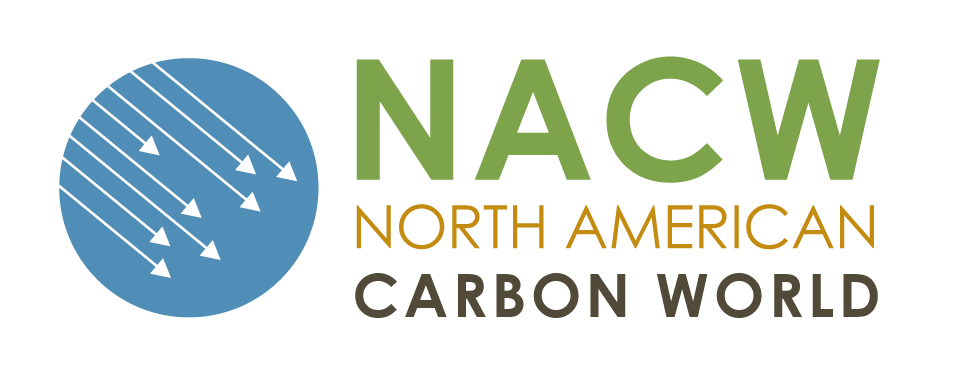The Climate Action Reserve adopts first rice cultivation guidelines for GHG offset projects
SACRAMENTO, CA – The Climate Action Reserve, North America’s largest and fastest growing carbon offset registry, adopted the first version of its Rice Cultivation Project Protocol today in a move that creates opportunities for California rice farmers to participate in carbon markets and to also become involved in California’s groundbreaking cap-and-trade program. State officials have indicated agriculture protocols, such as the Rice Cultivation Project Protocol, are the next standards they may look at adopting into the state’s compliance market. That will open the door for rice farmers to sell their earned carbon offsets to California companies that are required by law to reduce their greenhouse gas (GHG) emissions.
The State of California and the global community have identified cropland agriculture as having the potential to reduce significant amounts of greenhouse gases from being emitted into the atmosphere. We are very pleased to adopt the Rice Cultivation Project Protocol and provide a tool for farmers to get incentives to reduce emissions,” said Linda Adams, Chair of the Climate Action Reserve Board of Directors.
The Rice Cultivation Project Protocol provides a clear standard for how to reduce GHG emissions by changing water and residue management practices in rice farming and how these reductions can be measured and rewarded with offset credits.
The protocol also represents several firsts for the Reserve. It is the organization’s first cropland agriculture protocol and the first to use a bio-geo-chemical model, which emulates soil processes. It is also the Reserve’s first protocol to provide guidelines for individual farmers to aggregate their lands and work together to develop an offset project. This is intended to make the protocol more accessible and flexible for rice farmers.
As with all Reserve protocols, the Rice Cultivation Project Protocol was developed with guidance and input from a diverse group of stakeholders involved in rice farming. Significant contributions were made by the California Rice Commission and the Environmental Defense Fund, who had jointly drafted a previous standard for rice cultivation offset projects.




